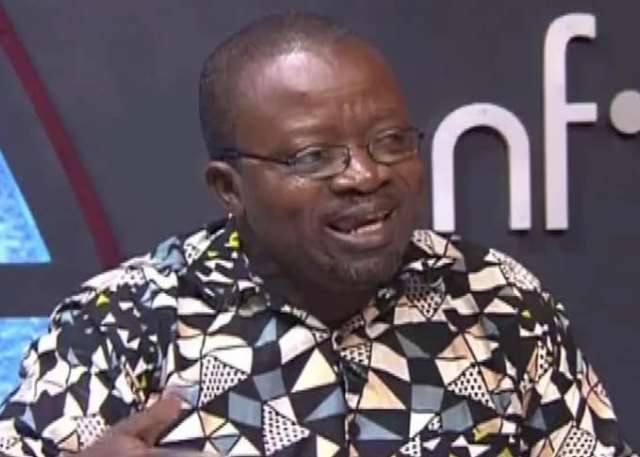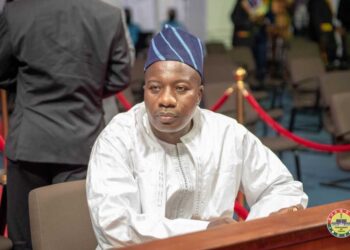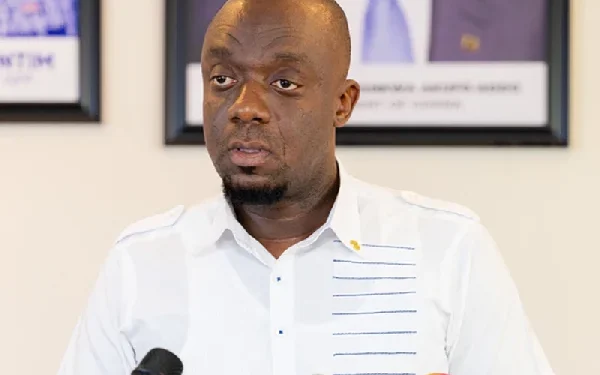Political scientist and Head of the Centre for European Studies at the University of Ghana, Dr. Kwame Asah Asante has provided an in-depth analysis of President John Mahama’s pledge to run a lean government with just 60 ministers.
Dr. Asante emphasized the need for a streamlined cabinet, suggesting a maximum of 19 ministers to enhance efficiency and reduce costs.
Dr. Asante began by challenging the traditional belief in having a large number of ministers. He emphasized;
“If you read the constitution, cabinet can start from 10 and go up to 19. Cabinet is the small, senior-most group of ministers who make important decisions with the head of state.”
Dr. Kwame Asah Political Scientist
He argued that most critical decisions are made at the cabinet level, rendering additional ministerial positions redundant.
Dr. Asante suggested that regional ministers could double as ministers of state, thus reducing the total number of ministers required.
Addressing concerns about the potential burden on ministers handling multiple portfolios, Dr. Asante emphasized the role of bureaucrats and technocrats in supporting ministers. He stated;
“The real work is done by the technocrats, the bureaucrats, the chief director, and his team. They manage the operations, even when a minister oversees multiple ministries.”
Dr. Kwame Asah Political Scientist
He highlighted historical instances where single ministers successfully managed more than one ministry, suggesting that this practice could be replicated with adequate support from civil servants.
Dr. Asante outlined specific ministries that could be merged or discarded to achieve a lean government structure.
He suggested that the Ministry of Sanitation and Water Resources be combined with Works and Housing, and Roads, Highways, and Transport be merged. Communication could fall under Information, while Railway could be integrated into Transport.
He also recommended eliminating deputy minister positions, advocating for a focus on enhancing the capacities of civil servants to fill any gaps left by the reduced ministerial positions.

Dr. Asante stressed the importance of investing in the bureaucracy. He stated unequivocally;
“The space created in the bureaucracy should be filled by employing more people who can learn under experienced ones. So, one day, they will also take over.”
Dr. Kwame Asah Political Scientist
This approach, he argued, would not only reduce costs but also build a more robust and capable civil service.
Constitutional Review and Capping Ministerial Positions
Reflecting on the recommendations from the Constitutional Review Committee on placing a cap on the number of ministerial appointments, Dr. Asante emphasized;
“Yes I agree. If we place a cap and find a certain number which is fine, we should do that, so we reduce cost in this area.”
Dr. Kwame Asah Political Scientist
He presented his list of 19 essential ministries, which included Finance, Interior, Defense, Information, Local Government, Attorney General, Education, and others. Dr. Asante concluded by urging the government to take bold steps in implementing such a lean structure.
Dr. Asante concluded with a motivational note, urging leaders not to fear. He charged;
“In politics, one should not shy away from stepping on toes. Otherwise, you remain still. Mr. President, step on toes, don’t remain still, and move on.”
Dr. Kwame Asah Political Scientist
His remarks were a call to action for the government to implement the necessary changes, despite potential opposition or challenges.
In summary, Dr. Asah Asante’s recommendations for a lean government focused on reducing the number of ministers, merging certain ministries, and relying more heavily on the bureaucratic support system. His vision aims at efficiency, cost reduction, and effective governance.
READ ALSO; Celestine Donkor Advocates for Proper Recognition of Gospel Artists





















